The Samsung Galaxy S23 Ultra’s 200MP camera will be more than just a gimmick
Are we about to see the best smartphone camera ever?
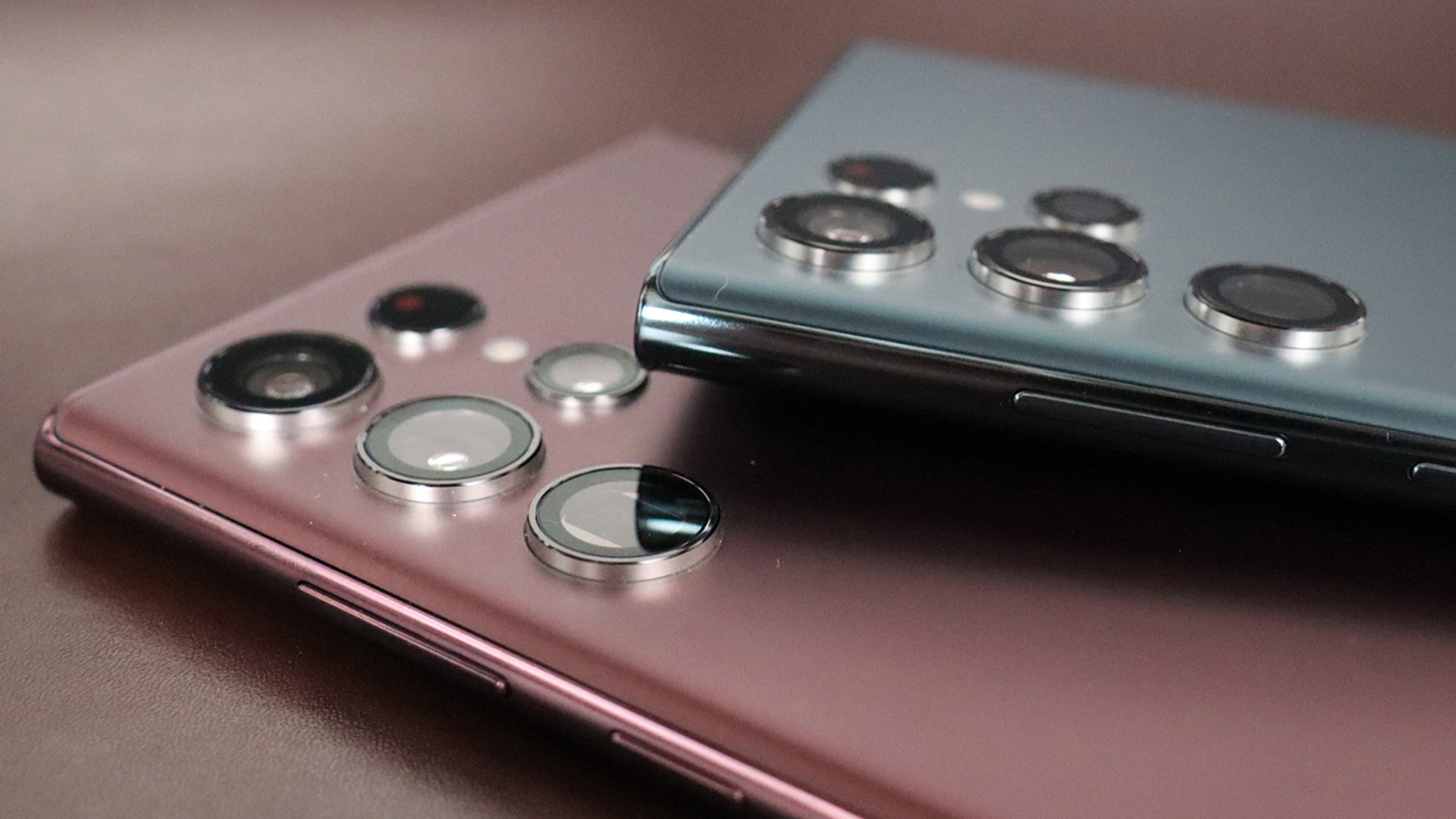
Excitement is building in the lead-up to the Samsung Galaxy S23 Ultra’s unveiling at Samsung Unpacked 2023 on February 1. And as a camera aficionado, I’m particularly interested in the 200MP main sensor that's rumored to debut on the smartphone, which could help it deliver even greater photographic versatility than the S22 Ultra.
Samsung has already produced a 200MP sensor – the ISOCELL HP1 – that is used by the Motorola Edge 30 Ultra and Xiaomi 12T Pro, but you can’t find one in a Samsung handset… yet.
The S23 Ultra is rumored to debut the next iteration of this 200MP sensor – the ISOCELL HP2 chip – that Samsung recently shared a lot of insightful info about. In short, the S23 Ultra is touted as the most significant Galaxy camera upgrade in five years and, on paper, it should replace the S22 Ultra as offering the best camera phone experience to date.
Yet 200 million pixels isn’t necessarily the most interesting feature of the flagship S23 Ultra’s potential camera. There’s a bunch of new tech packed into this sensor that should benefit color reproduction, dynamic range and autofocus power, among other things. So strap in as we unpack the potential implications of the new sensor being used in the S23 Ultra and what to expect.
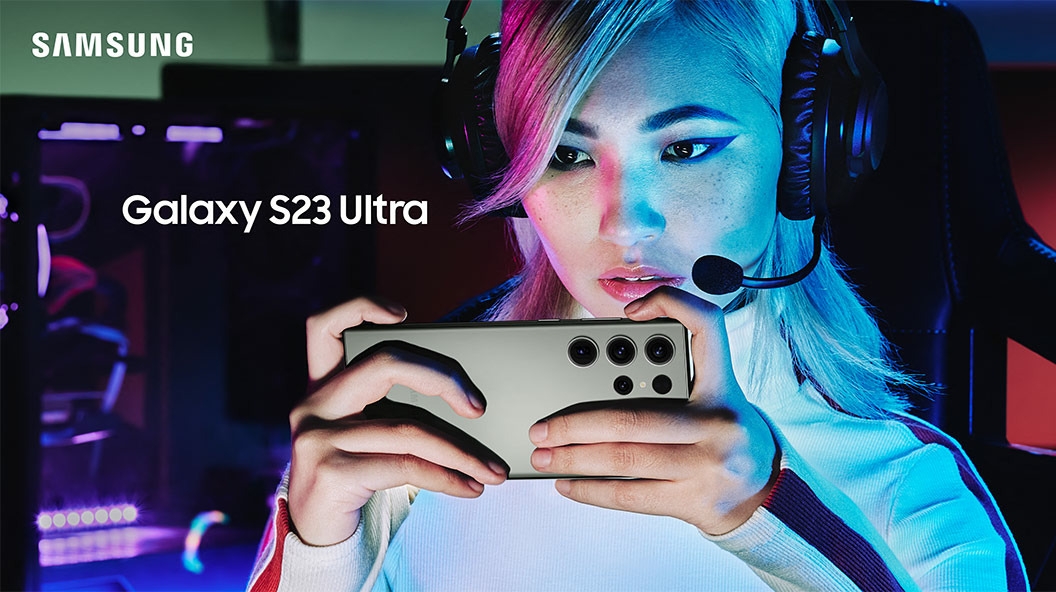
Megapixel mania
200 million pixels is one heck of a selling point and a heck of a lot of pixels – almost twice the amount as the 108MP ISOCELL HM3 in the Samsung Galaxy S22 Ultra. To put that in context, the highest resolution on a mainstream professional camera is currently 100MP (on the medium-format Fujifilm GFX100S) and 61MP for a full-frame camera like the Sony A7R V. And these are serious cameras with huge sensors.
And rather than asking, “do I even need all those pixels?” (after all, most people aren’t going to produce huge printed images from their smartphone, demonstrated in this Samsung ad), the question is instead, “how does Samsung maximize the quality of the camera for real day to day use?” The broad answer is that the sensor is doing a lot behind the scenes.
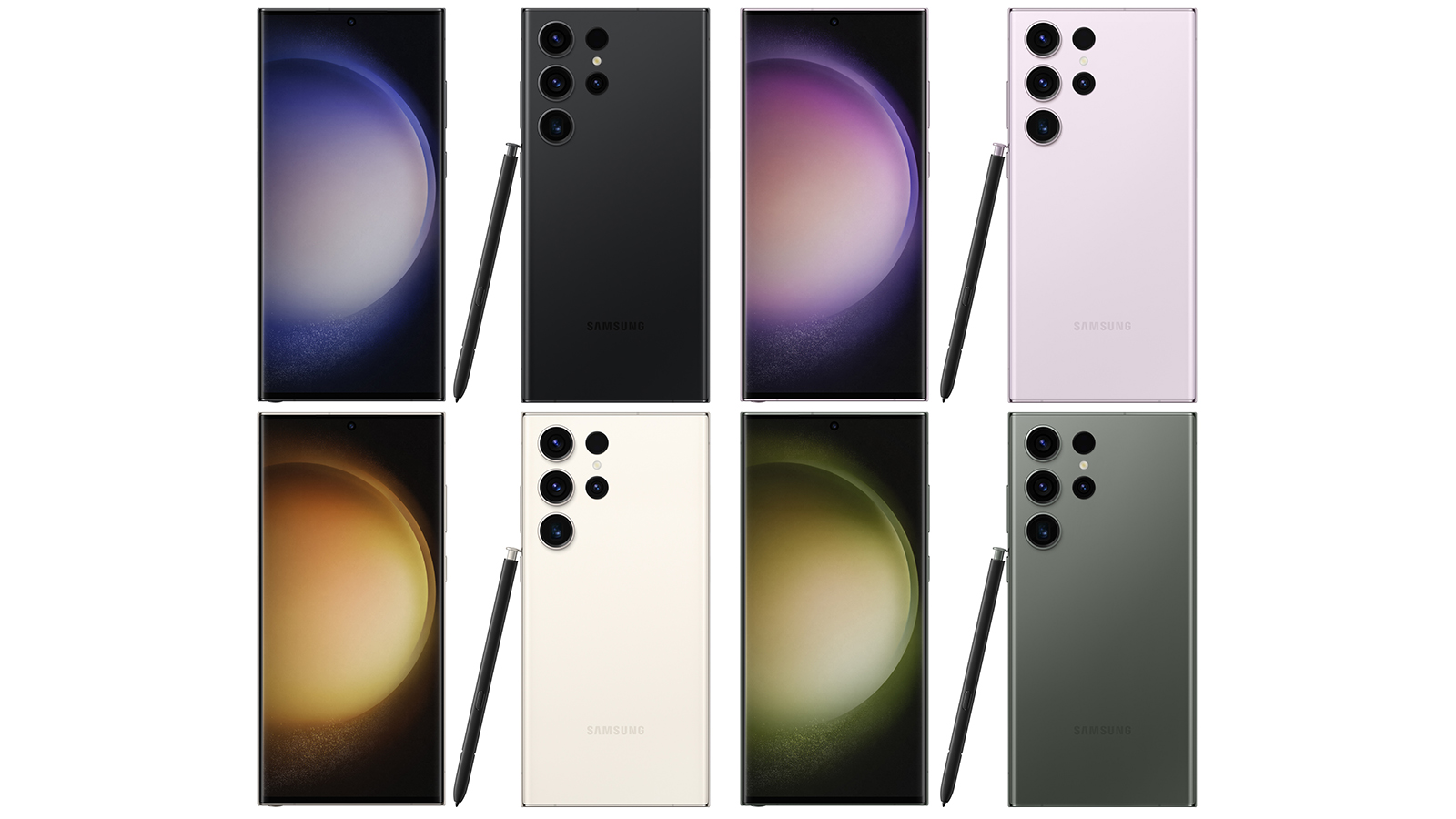
Throwing pixels away
Pixel binning is a term you’ll quickly become familiar with when reading up on smartphones with a lot of pixels across their camera arrays. The iPhone 14 Pro has a 48MP main camera and pixel bins 4:1, resulting in a 12MP image resolution, by default.
Get daily insight, inspiration and deals in your inbox
Sign up for breaking news, reviews, opinion, top tech deals, and more.
The new ISOCELL HP2 sensor offers adaptive pixel binning at 4:1 and 16:1, resulting in 50MP and 12.5MP images from that 200MP sensor, depending on the shooting scenario. For reference, the S22 Ultra pixel binning is 9:1 from the 108MP sensor, resulting in 12MP images.

Pixel binning is the process of combining multiple pixels to effectively increase pixel size. The ISOCELL HP2 sensor has a pixel size of 0.6µm at 200MP, but 1.2µm at 50MP and 2.4µm at 12MP – a very similar size to the iPhone 14 Pro. Professional-grade cameras like the Fujifilm GFX100S and Sony A7R V sport pixels at 3.76µm natively, without any pixel binning in play.
Why is pixel size important? It affects the amount of light gathered by the sensor and impacts image quality; the larger the pixel, the more light gathered, the better the image quality (in low light at the least). So the S23 Ultra’s potential 200MP main camera will gather huge amounts of detail in bright light, and adapt to lower resolutions in dim conditions to get better quality but lower resolution images. The best of both worlds, in theory.
You can learn more about it in our in-depth feature on what makes a better phone camera. But there’s more going on here than pixel binning.
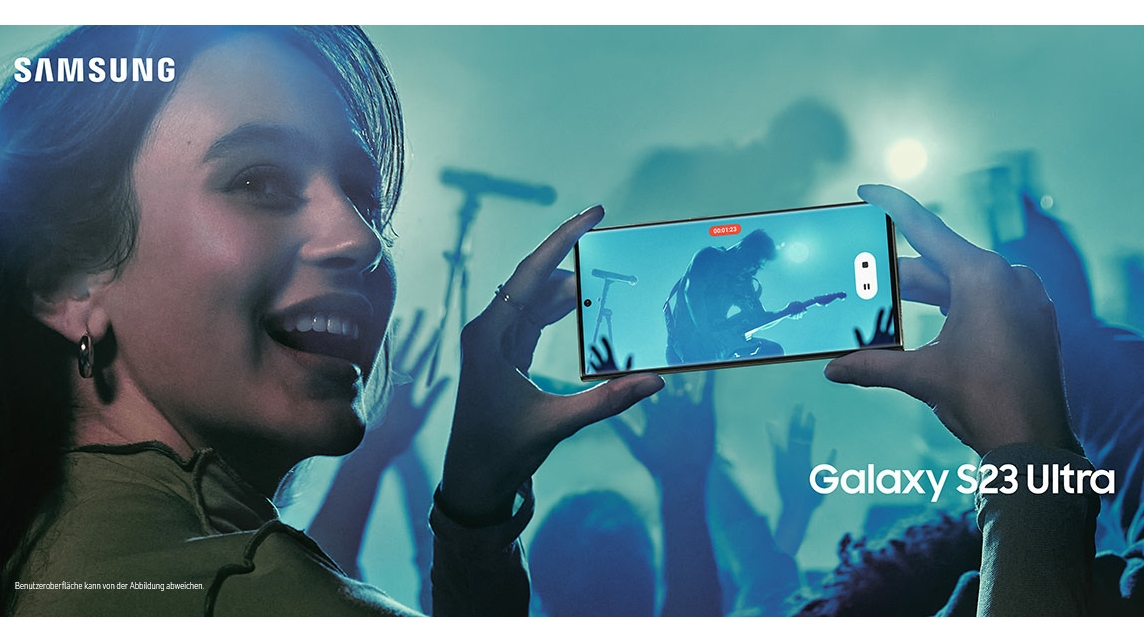
Beyond megapixels
Highlights of the new HP2 sensor include ‘Dual Vertical Transfer Gate’, which apparently increases electron absorption in each pixel by 33% when compared to the HP1 sensor, for what Samsung claims is better color reproduction. In layman's terms, it’s maximizing what each pixel does with light absorption.
There’s also ‘Dual slope gain’ which would be a first for a Galaxy phone, making HDR images possible up to 50MP. ‘Smart-ISO Pro’ merges two ISO read-outs – either high-ISO or mid-ISO, with a low-ISO into a single image – to maximize detail in both highlight and shadow areas.

So contrary to smaller pixels resulting in worse performance in low light, the sensor is working hard to maximize image quality across the board; detail, color, and tone.
The S23 Ultra should also be a more capable snapper for action. Samsung again claims that its new camera has half the shutter lag (the delay between pressing the button to take a photo and the photo being made), twice the shooting speed (at 15fps) and also phase detection autofocus for every single pixel, rather than just 3% of the pixels, like in the S22 Ultra. So overall we can expect a much more capable camera for capturing crisp action sequences.
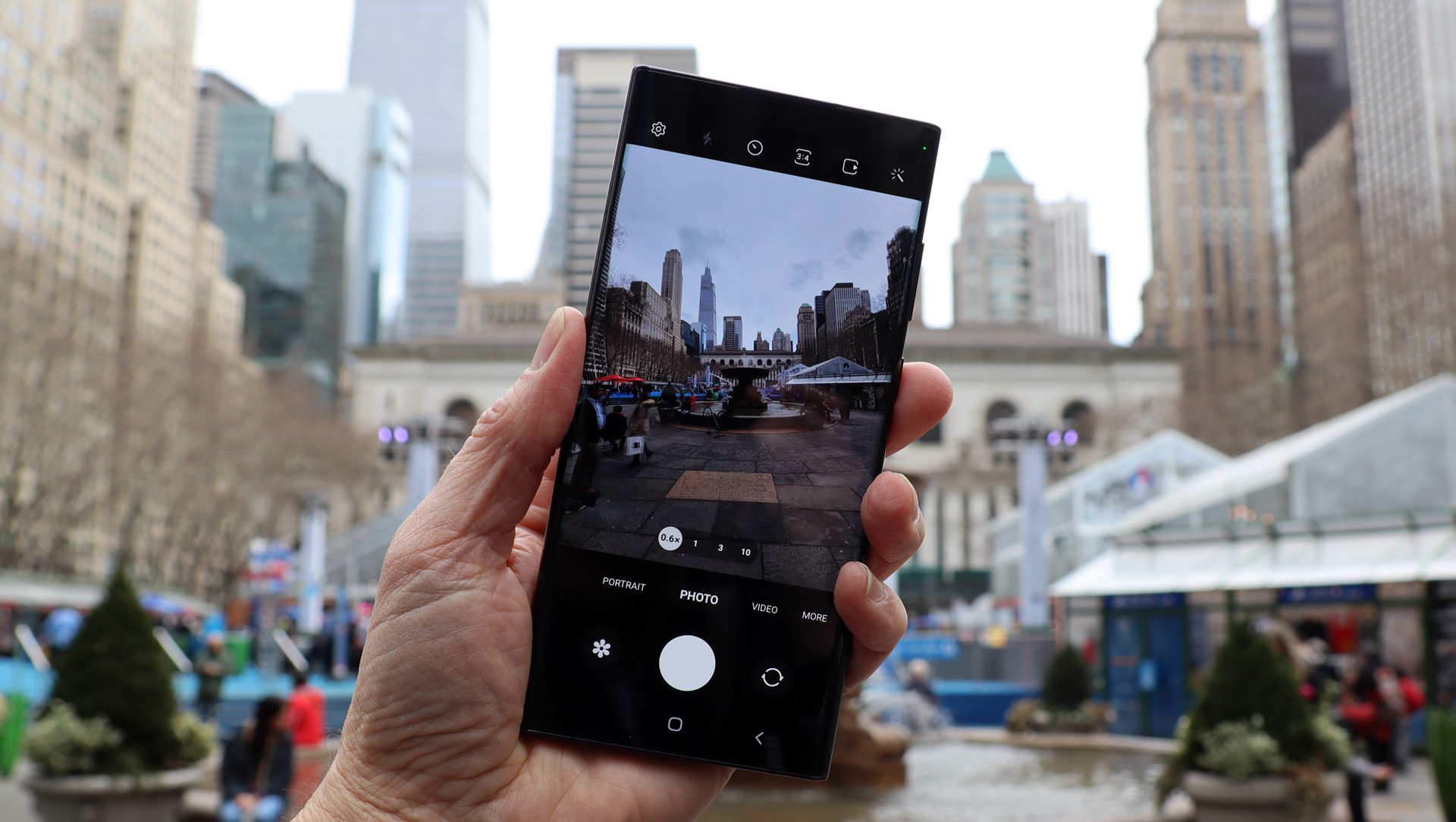
Better telephoto photography
What is less clear about the sensor info we have before launch is its potential impact on the phone’s ‘Ultra Space Zoom’ functionality. The Galaxy S22 Ultra boasts a 3x and 10x optical zoom, plus the 30x to 100x ‘Ultra Space Zoom’, which is a lesser-quality digital zoom.
The quality of a digital zoom decreases the more you zoom in, primarily because you’re heavily cropping into the image at the top of the zoom range. But if more pixels are added into the equation – potentially almost twice the amount in this case – then Ultra Space Zoom on this generation should, in theory, be twice the quality.
We’re yet to see what lenses will feature in the S23 Ultra, will there be the same telephoto ‘periscope’ lens options? But the simple understanding is that the 200MP sensor could improve telephoto photography no end.
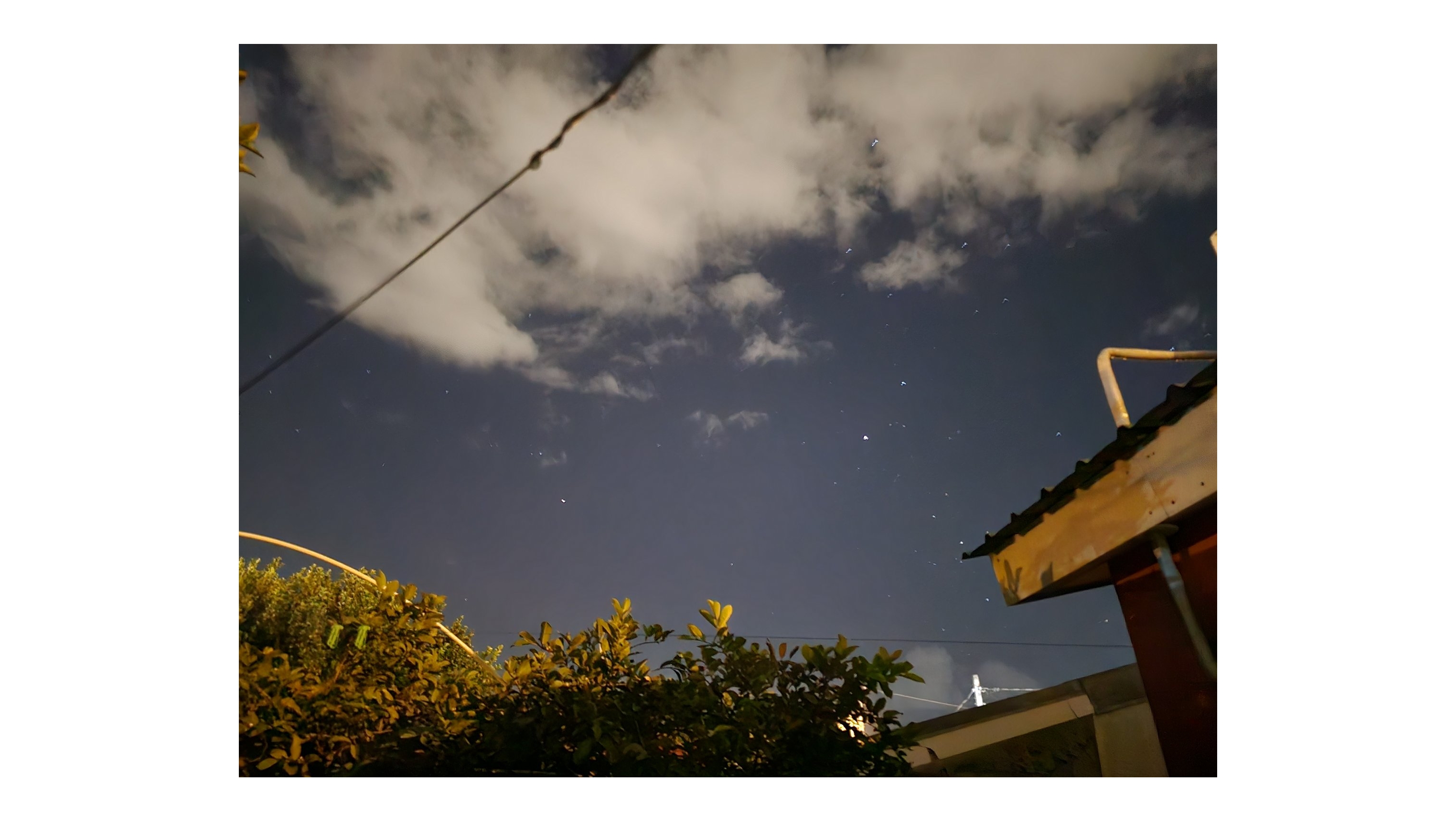
Looking forward
The proof will be in the pudding, but leaked images taken with the S23 camera have started to surface that appear to demonstrate decent low light and zoom capabilities. And I haven’t even mentioned the improved video spec, with 8K now up to 30p with 4:1 pixel binning (the 50MP image).
The Galaxy S22 Ultra already has our award as the most versatile smartphone camera available, and the S23 Ultra is set to take things up another level.
Certainly, after reading up the tech going into this new sensor and how it’ll translate to the S23 Ultra’s camera experience, it sounds amazing on paper and I, for one, can’t wait to take the camera for a spin and see what it’s capable of. Look out for my verdict very soon.

Tim is the Cameras editor at TechRadar. He has enjoyed more than 15 years in the photo video industry with most of those in the world of tech journalism. During his time as Deputy Technical Editor with Amateur Photographer, as a freelancer and consequently editor at Tech Radar, Tim has developed a deeply technical knowledge and practical experience with cameras, educating others through news, reviews and features. He’s also worked in video production for Studio 44 with clients including Canon, and volunteers his spare time to consult a non-profit, diverse stories team based in Nairobi. Tim is curious, a keen creative, avid footballer and runner, and moderate flat white drinker who has lived in Kenya and believes we have much to enjoy and learn from each other.